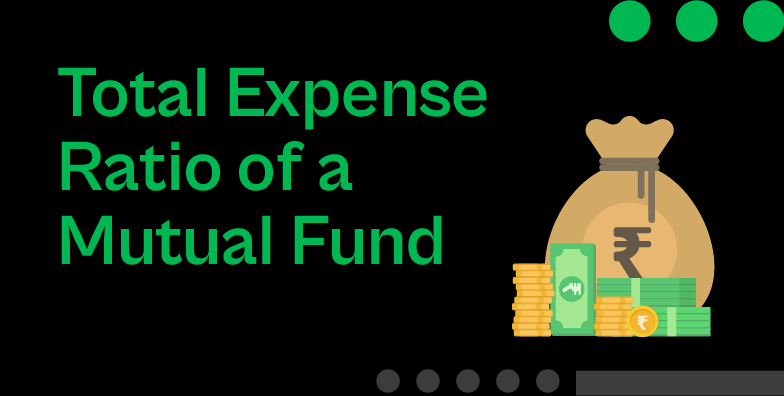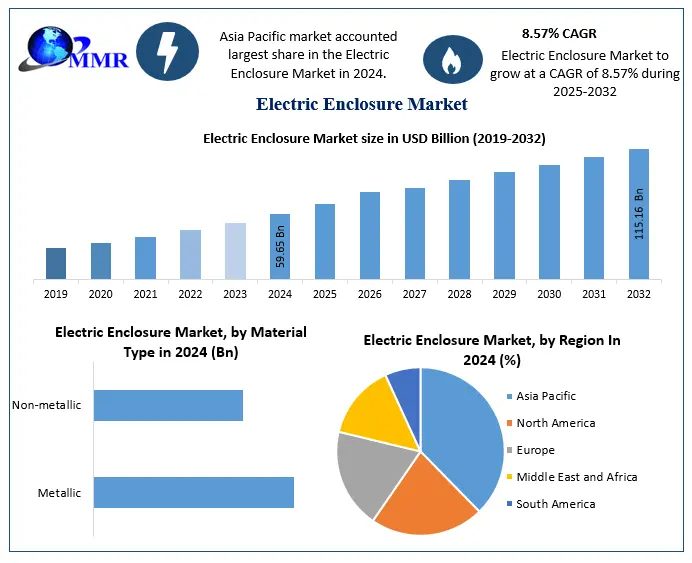Investing in mutual funds and exchange-traded funds (ETFs) is increasingly popular in India due to their ability to provide diversified exposure to various asset classes. However, one of the critical aspects that investors may overlook is the Total Expense Ratio (TER). Understanding TER is essential for investors who wish to maximize their returns while minimizing their costs. This article explores what TER is, why it matters, and its impact on both passive funds and active investments.
What is Total Expense Ratio (TER)?
The Total Expense Ratio (TER) is a measure of the total costs associated with managing and operating an investment fund, expressed as a percentage of the fund’s average assets under management (AUM). TER includes several expenses such as management fees, administrative costs, and other operational fees. These costs are deducted from the fund’s assets, thereby reducing the investor’s returns.
Calculation of TER
The formula to calculate TER is:
[ text{TER} = left( frac{text{Total Fund Expenses}}{text{Average AUM}} right) times 100 ]
For instance, if a fund has an expense of ₹5 crore and an average AUM of ₹500 crore, the TER would be:
[ text{TER} = left( frac{₹5,00,00,000}{₹5,00,00,00,000} right) times 100 = 1%]
The TER of 1% implies that for every ₹100 invested, ₹1 is deducted annually as the expense incurred by the fund.
Why Does TER Matter?
TER significantly affects the net returns an investor receives. A higher TER directly erodes the returns since the costs are deducted from the fund’s overall performance. In contrast, a lower TER means that a greater portion of the returns is passed on to the investor. Here’s why TER matters:
- Impact on Long-Term Returns: The effect of TER is compounded over time. Even a seemingly small difference in TER can lead to substantial differences in long-term returns. For example, consider two funds with a TER difference of 0.5%. Over 20 years, this can lead to a significant divergence in accumulated wealth.
- Performance Benchmark: TER serves as a benchmark for fund performance efficiency. A higher TER needs justification by better management and superior returns, whereas a lower TER indicates that the fund is cost-efficient.
- Comparing Funds: When evaluating funds, TER is a critical metric to consider alongside past performance and risk factors. It allows investors to compare the cost-effectiveness of different investment options.
TER and Passive Funds
Passive funds, such as index funds and ETFs, aim to replicate the performance of a specific index. They do not require active management like trading of individual securities, leading generally to lower TERs compared to actively managed funds. Consequently, passive funds are often perceived as an attractive option for cost-conscious investors.
Example in the Context of Passive Funds
Suppose two funds track the Nifty 50 Index, one being an actively managed fund with a TER of 2% and the other a passive fund with a TER of 0.1%. If the Nifty 50 returns 10% over a year, the net return after expenses would be:
– Active Fund: 10% – 2% = 8%
– Passive Fund: 10% – 0.1% = 9.9%
Clearly, the passive fund provides a better net return under the same market performance due to its lower TER.
Conclusion
TER might seem just a number when initially reviewing an investment prospectus, but its implications are far-reaching. It can significantly influence the net returns of both passive and actively managed funds. Investors should carefully evaluate TER in their selection criteria while considering other vital metrics like performance and risk. With India’s growing investment landscape, understanding TER helps investors make informed decisions that align with their financial goals and risk tolerance.
Summary:
The Total Expense Ratio (TER) is a crucial metric that illustrates the total costs involved in managing an investment fund. Expressed as a percentage of the average assets under management (AUM), TER encompasses various expenses such as management fees, administrative expenses, and operational costs. Understanding TER is vital as it directly impacts the net returns that investors earn over time. In particular, the role of TER is significant in distinguishing between passive funds, known for their cost-effectiveness, and active funds, which generally have higher expense ratios due to active management.
Lower TERs in passive funds, like index funds or ETFs, make them attractive for investors focused on minimizing costs. The effects of TER compound over time, underscoring the importance of considering TER in investment decisions. Even slight variations in TER can result in substantial differences in returns, especially over the long term.
While TER is not the sole factor to consider when choosing a fund, it provides insight into the cost structure relative to the fund’s management efficiency. Therefore, assessing TER alongside other performance and risk metrics is crucial for making sound investment decisions in the Indian financial market.
Disclaimer: This article is for informational purposes only and should not be construed as financial advice. Investors should perform their due diligence and consider all the pros and cons of trading in the Indian financial market or consult with a financial advisor before making investment decisions.











